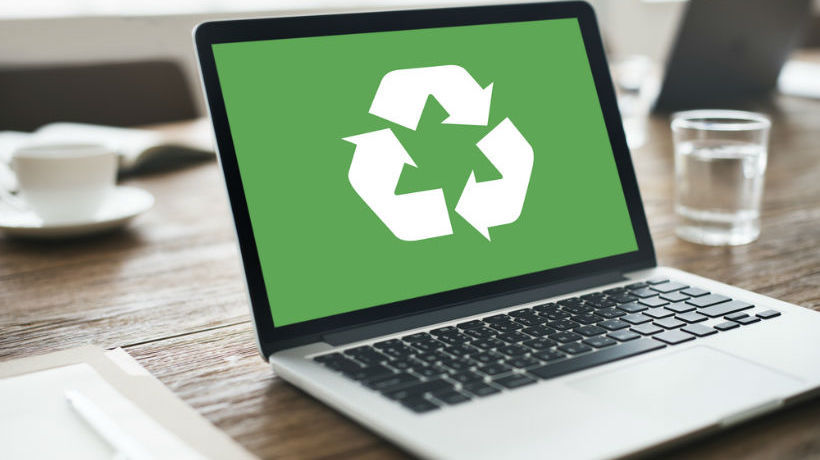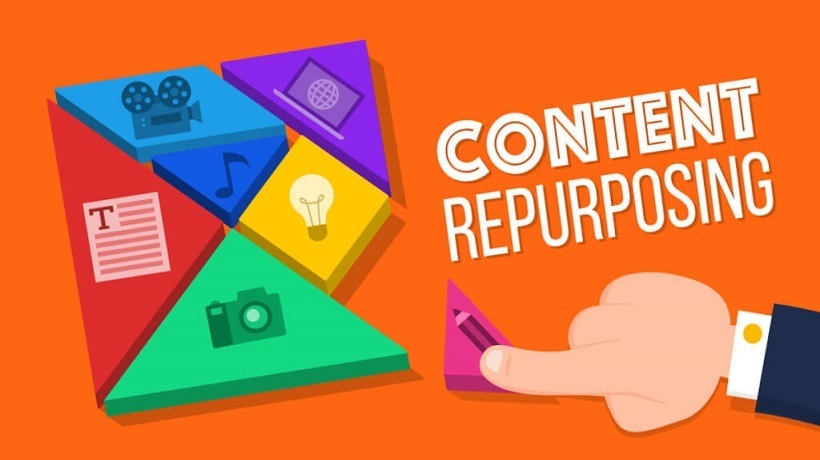9 Characteristics To Consider When Developing Reusable Learning Objects
A Reusable Learning Object (RLO) is the chameleon of eLearning. They can be reused time and again in a variety of different eLearning activities, modules, and courses. Each has its own learning objective, but they can still be combined to form a comprehensive eLearning experience. But what does it take to create a scalable Reusable Learning Object for your eLearning course? If you're thinking about developing these multifunctional digital resources, then your Reusable Learning Objects should meet the following 9 characteristics.
1. Tech-Centered
First and foremost, Reusable Learning Objects must be in a digital format. This makes them easy to store, curate, and update. To make them even more flexible and tech-forward, use an HTML5 based eLearning authoring tool to create your Reusable Learning Objects. Flash is slowly but surely being phased out, as many mobile devices don’t support it. You may also want to opt for a responsive design tool that produces mobile-friendly eLearning content. That way you won’t have to adjust the layout each time you integrate the learning object into your eLearning course design. It’s already optimized for multi-platform accessibility.
2. Multipurpose
One of the most significant advantages of using Reusable Learning Objects is that they can be used time after time. The key word here is "reusable". You have the ability to incorporate a single learning object into a variety of eLearning courses, assessments, and activities. As such, Reusable Learning Objects must strike the balance between being "generic" and personalized. To make them truly cost-efficient and effective, you must be able to mold them to fit your needs. For example, making minor adjustments before incorporating them into your latest online training module. Also, keep in mind that you can always combine Reusable Learning Objects to create a comprehensive eLearning course.
3. Support Its Own Learning Objectives
Even though you can piece learning objects together to form an in-depth eLearning course, each Reusable Learning Object must support its own learning objectives. It should be able to stand alone and still make sense. The exception to this rule is a learning object that is so fluid and versatile that it can adapt to virtually ANY eLearning course or module. More basic Reusable Learning Objects typically fall into this category. For example, images or graphics that can be used in various eLearning materials to support their respective learning objectives.
4. Contain Metadata
Another notable benefit of using Reusable Learning Objects is the ability to organize and curate your eLearning content. However, to reap this reward you must correctly label your learning objects and index them properly. This involves targeted metadata. Choose your keywords carefully and use EVERY term that’s associated with the Reusable Learning Object. This gives you the power to find your online resources quickly when it’s time to design your next eLearning project. Think about all of the terms and phrases that come to mind and then add them to the meta description. For example, a task-based branching scenario might also help with skill development. As such, you would mention all of the skills and abilities that are tied to the task, and then you can integrate the Reusable Learning Objects into future modules that pertain to those talents. Creating metadata requires lateral thinking and careful analysis.
5. Easily Adaptable
Reusable Learning Objects are supposed to save you time and money. That’s one of the perks. Which is why they must be easy to adapt, update, and customize. In most cases, this involves flexible eLearning templates or vectors. Simply upload the Reusable Learning Object to your Learning Management System and plug-in your new eLearning content. This comes in handy when you’re grouping the Reusable Learning Objects together to form a full-length eLearning course. You can ensure that every learning object aligns with the goals and desired outcomes by making minor changes.
6. Cohesive
You don’t want your Reusable Learning Object to stick out like a proverbial sore thumb. Thus, standardization is usually the best option. This isn’t to say that every Reusable Learning Objects should have exactly the same layout, color scheme, and graphics. However, you can use the same framework and structure to create a sense of cohesiveness. This is yet another reason why Reusable Learning Objects must be easily adaptable. If a learning object doesn’t fit into the current eLearning course design, you have the power to make minor modifications in order to blend it in.
7. Compatible
A Reusable Learning Object won’t be of any use if you can’t integrate it into your Learning Management System. One of the key traits of Reusable Learning Objects is cross compatibility. This allows you to upload them to virtually any eLearning authoring tool or Learning Management System to design and deploy your eLearning course. A compatible Reusable Learning Object also makes accessibility quick and convenient.
8. Bite-Sized eLearning Content
Ideally, Reusable Learning Objects fall into the microlearning category. They offer bite-sized information that online learners can absorb quickly and effectively, even if they're pressed for time. This helps to prevent cognitive overload and increases knowledge retention. If you're working with complex or involved subject matter, break it into smaller Reusable Learning Objects that can be mixed and matched accordingly. In addition, try to keep the eLearning content as succinct as possible. Aim on a 5-to-10 time window that offers online learners small bursts of information that is task or topic-centered.
9. The Complete Package (Optionally)
An optional characteristic that Reusable Learning Objects may possess is what I like to call the "complete package." In some circles, Reusable Learning Objects are not complete until they have an eLearning activity, some form of eLearning assessment, and an independent learning objective. However, this is up for debate, as many Reusable Learning Objects are simpler and more straightforward. For example, they may include an online tutorial or presentation that can be paired with a separate eLearning assessment object.
Reusable Learning Objects can be used in ANY eLearning strategy. From task tutorials to interactive online presentations, these online resources can take many forms. Use these 9 characteristics as a guide to ensure that your Reusable Learning Objects meet the necessary requirements and can be used in different eLearning courses you may produce.
Need some help creating targeted learning objectives? Read the article Writing Learning Objectives For eLearning: What eLearning Professionals Should Know to discover all the critical information you need to know about developing high quality learning objectives for eLearning.









